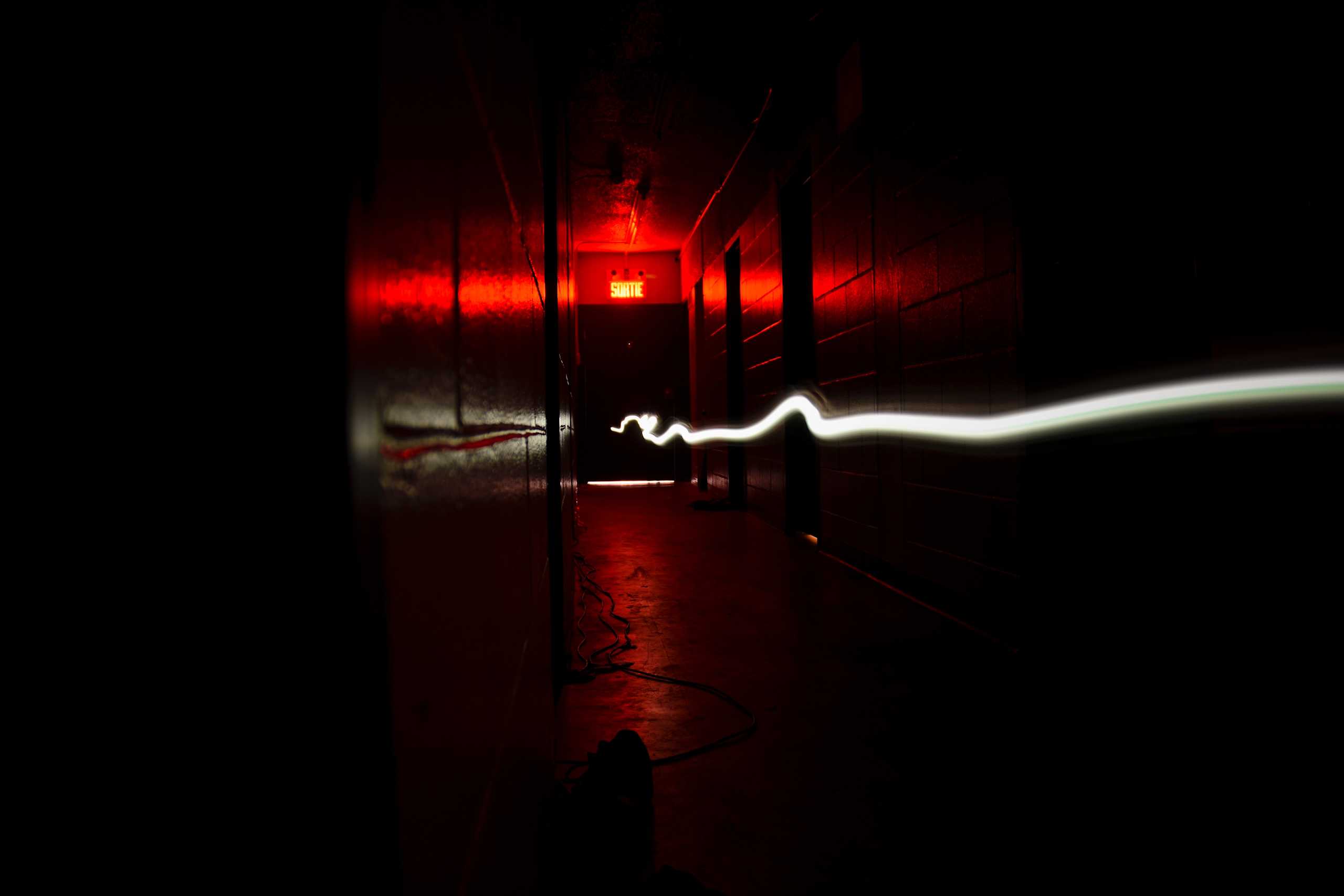
Problem statement
The primary goal of the research project is to establish a proof of concept for using the fundamental properties of light, namely its circular polarization. This fundamental property of light can be used as a new methodology for biotissue diagnostics including early cancer detection and determination of the special characteristics and conditions of tissues and cells. Specifically, the aim is to determine whether the proposed approach accurately and sensitively detects the pathological condition of a tissue, which could potentially obviate the need for histopathological processing of tissues, or the need for manual visualization of diseased tissues by microscopy.
Samples and analyses
Biobank Borealis has provided a set of formalin-fixed paraffin-embedded (FFPE) breast cancer samples including invasive ductal carcinoma and ductal carcinoma in situ, as well as the samples representing normal tissues. It was confirmed that the circularly polarized light is sensitive to the presence of cancerous cells. The degree of polarization (DoP) and V parameter of the Stokes vector of the reflected light were found to be the most sensitive parameters indicating the malignant changes in the considered samples. The highest perceptual contrast between cancerous and normal regions was observed for the probing wavelength of 450 nm. A statistically significant difference confirmed by the Kruskal-Wallis test with the posthoc analysis (p < 0.01) exists between the different tissue types (fat tissue, fibrosis, invasive ductal, and intraductal carcinoma) in the DoP parameter. The observed differences may be related to an increase in the average size of the nuclei in a more advanced types of cancer.
Outcomes
The imaging system utilizing the circularly polarized light for probing the unstained FFPE tissue blocks has been constructed and successfully applied for differentiation between healthy and cancerous regions. The proposed methodology demonstrates great potential for developing a new diagnostic protocol for routine clinical practice. The technology has evident
potential to expedite the work of tissue pathologists as tissue slicing and staining procedures are not required.
Publications:
V. Dremin, D. Anin, O. Sieryi, M. Borovkova, J. Näpänkangas, I. Meglinski, A. Bykov, (Invited Paper) “Imaging of early stage breast cancer with circularly polarized light”, Tissue Optics and Photonics, Proc. SPIE, 11363, 1136304 (2020).
https://doi.org/10.1117/12.2554166D. Ivanov, V. Dremin, A. Bykov, E. Borisova, T. Genova, A. Popov, R. Ossikovski, T. Novikova, I. Meglinski, “Colon cancer detection by using Poincaré sphere and 2D polarimetric mapping of ex vivo colon samples”, J. Biophoton., (2020). DOI: 10.1002/jbio.202000082
https://doi.org/10.1002/jbio.202000082


Why choose collections and services of Biobank Borealis of Northern Finland?
Biobank Borealis offers researchers whole slide imaging, digital pathology, TMA (tissue microarray) block preparation and sample processing services. The Biobank is also engaged in developing data mining and analysis tools in cooperation with several parties. Biobank Borealis serves studies aiming to identify factors contributing to disease mechanisms, preventing diseases or developing treatments. The biobank strives to promote the well-being and health of the population.